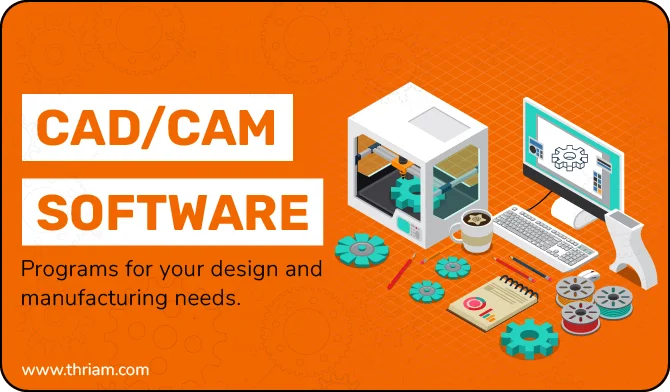Design for Manufacturing (DFM): Enhancing Efficiency in Product Development

What is DFM or DESIGN FOR MANUFACTURING?
Design for Manufacturing or Design for Manufacturability (DFM) is a concept that involves designing products with manufacturing considerations in mind right from the early stages of product development. It is a proactive approach that aims to optimize the manufacturing process and ensure cost-effective production without compromising product quality or functionality.
The primary goal of DFM is to streamline the transition from design to manufacturing, minimizing the chances of errors, delays, and costly rework. By incorporating manufacturing constraints into the design phase, companies can create products that are easy to manufacture, assemble, and test.
DFM considers various aspects of manufacturing, such as material selection, design simplification, and production scalability. Material selection involves choosing the most suitable materials based on factors like availability, compatibility, cost, and environmental impact. Design simplification focuses on reducing the complexity of components, parts, and assemblies, which leads to quicker and more efficient manufacturing processes. It also enhances design flexibility for future variations or enhancements. Production scalability involves designing products that can be easily adjusted in production volumes as per market demands, helping to manage costs effectively.
By implementing DFM principles, companies can achieve several benefits. Firstly, it significantly reduces production costs by minimizing material waste, operational inefficiencies, and assembly time. Secondly, it improves product quality and reliability through the elimination of design flaws that may lead to defects or failures during manufacturing. Thirdly, DFM helps accelerate time-to-market by avoiding iterations and reworks, enabling faster and more efficient product launches. Lastly, it promotes collaboration between design and manufacturing teams, fostering better communication and understanding of each other's requirements.
To successfully implement DFM, companies should ensure early collaboration between design and manufacturing teams. This allows for the identification of potential manufacturing challenges and the exploration of feasible solutions. Additionally, testing methods and quality control provisions should be integrated into the design process to ensure that the final product meets the desired standards.
Advantages of Design for Manufacturing (DFM) in Product Development
1. Cost Reduction:
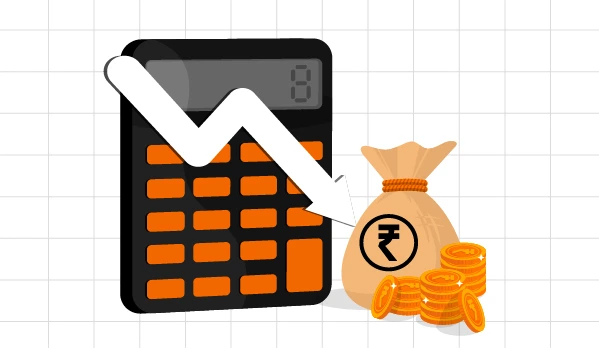
Implementing DFM principles helps minimize production costs. By designing products that are easy to manufacture and assemble, companies can reduce material waste, lower operational expenses, and optimize resource utilization. DFM enables the identification and elimination of design elements that may lead to expensive manufacturing processes or excessive complexity.
2. Improved Product Quality:
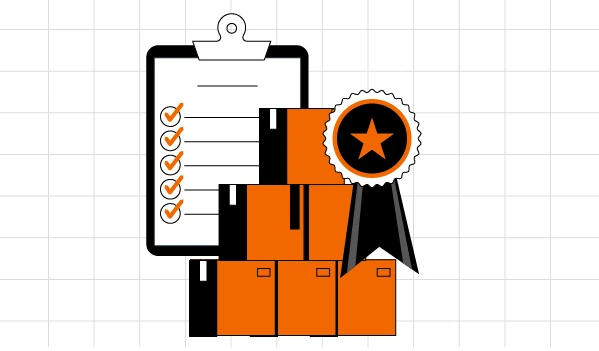
DFM plays a significant role in enhancing product quality and reliability. By designing products specifically for manufacturing, potential design flaws and issues can be identified and resolved early in the development process. This prevents costly rework, reducing the chances of defects and improving overall product performance.
3. Shorter Time-to-Market:
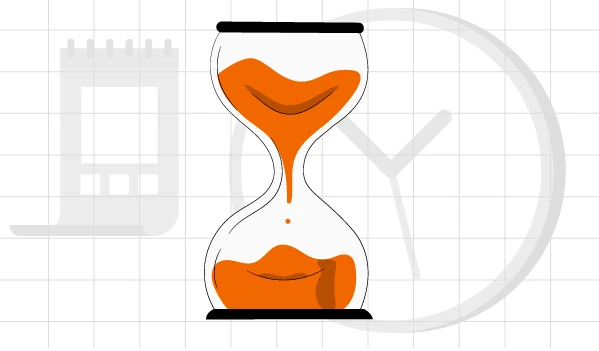
DFM enables faster product launches by streamlining the manufacturing process. By considering manufacturing constraints from the beginning, design iterations and modifications can be minimized. This reduces the development timeline, allowing companies to bring products to market more quickly and gain a competitive edge.
4. Enhanced Manufacturing Efficiency:
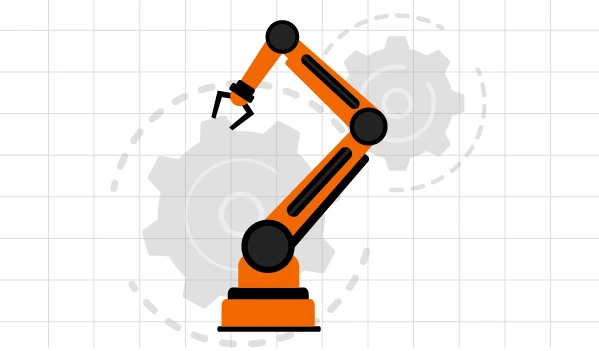
DFM simplifies manufacturing processes and improves overall efficiency. By designing products with ease of manufacture in mind, companies can reduce production complexities, eliminate unnecessary steps, and enhance assembly processes. This leads to shorter cycle times, increased productivity, and optimized resource allocation.
5. Design Flexibility:
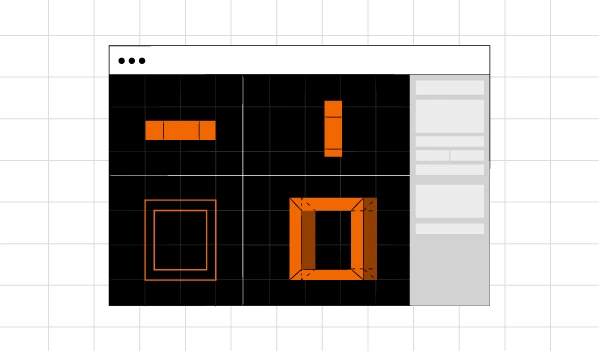
DFM promotes design flexibility, enabling future product variations and enhancements. By adopting standardized parts and components, companies can easily adapt and incorporate changes without major disruptions to the manufacturing process. Design flexibility allows for a quicker response to market demands and enables companies to stay agile in a dynamic business environment.
6. Collaboration and Communication:

DFM encourages effective collaboration between design and manufacturing teams. Early involvement of manufacturing expertise in the design process fosters communication, enables better problem-solving, and ensures a more cohesive approach to product development. Collaboration helps align design intent with manufacturing capabilities, leading to improved overall product outcomes.
Important Considerations for DFM Implementation:
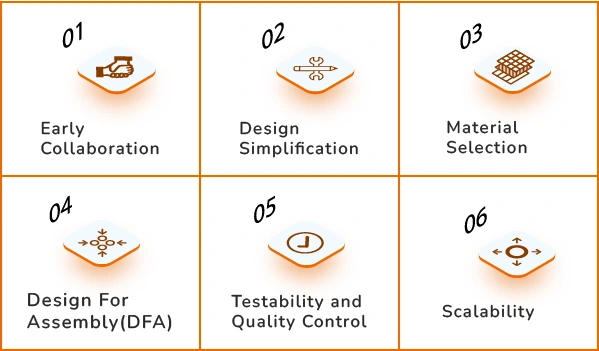
- Early Collaboration: Effective collaboration between design and manufacturing teams from the outset is crucial to identify potential manufacturing challenges and find optimal solutions.
- Design Simplification: Simplifying the design to minimize the number of parts, fastening components, and assemblies reduces manufacturing complexities, assembly time, and costs.
- Material Selection: Carefully selecting suitable materials based on their availability, compatibility, and cost factors plays a vital role in successful manufacturing and product performance. It is also essential to consider environmental factors and recyclability.
- Design for Assembly (DFA): DFA focuses on designing components that are easy to assemble, reducing manual labor, and ensuring efficient manufacturing processes.
- Testability and Quality Control: Incorporating provisions for effective testing methods during product development helps identify potential issues early and ensures high-quality and reliable products.
- Scalability: Designing products with scalability in mind allows manufacturers to easily adjust production volumes as demand fluctuates, which is crucial for cost management.
Real-Life Examples of Design for Manufacturing in Action
Apple's iPhone:
Apple is known for its sleek and innovative product designs, and the iPhone is a prime example of successful implementation of DFM principles. The design team at Apple worked closely with manufacturing experts to ensure that the product could be efficiently manufactured at scale. They optimized the design by reducing the number of components, simplifying the assembly process, and designing for automated manufacturing techniques. This allowed Apple to streamline production, reduce costs, and deliver high-quality products to the market.
Tesla's Electric Vehicles:
Tesla has revolutionized the automotive industry with its electric vehicles (EVs). The company's success can be attributed, in part, to its focus on DFM principles. Tesla designs its EVs with manufacturing efficiency in mind, incorporating automation, modularization, and standardization to streamline production. For example, the Model 3 was designed to be simpler and less expensive to produce compared to earlier Tesla models. By optimizing manufacturing processes, Tesla has been able to increase production rates and deliver EVs at lower costs while maintaining high standards of quality.
Dyson's Vacuum Cleaners:
Dyson, a renowned manufacturer of household appliances, has leveraged DFM to enhance its vacuum cleaner designs. By considering manufacturing constraints, Dyson has developed highly efficient and reliable vacuum cleaners that are also visually appealing. The company invests in advanced manufacturing technologies and materials to optimize performance and ease of assembly. Dyson's use of DFM has not only improved the production efficiency and quality of their vacuum cleaners but has also contributed to their reputation for innovation and design excellence.
Boeing 787 Dreamliner:
The Boeing 787 Dreamliner is a notable example of DFM applied to the aerospace industry. Boeing redesigned the production process for the Dreamliner, incorporating advanced composite materials and modular construction techniques. This approach allowed Boeing to significantly reduce the weight of the aircraft, resulting in improved fuel efficiency and operational cost savings. By prioritizing manufacturing considerations in the design phase, Boeing was able to create an aircraft that met performance and safety requirements while revolutionizing the industry's manufacturing practices.
Conclusion:
Design for Manufacturing is a powerful methodology that significantly impacts the success of a product by integrating manufacturing considerations into the design process. It enables companies to minimize production costs, improve product quality, and reduce time-to-market. By fostering collaboration between design and manufacturing teams, implementing DFM principles leads to enhanced efficiency, reduced manufacturing complexities, and ultimately, customer satisfaction. Embracing DFM as an integral part of product development is crucial for companies aiming to stay competitive in the dynamic manufacturing landscape.


